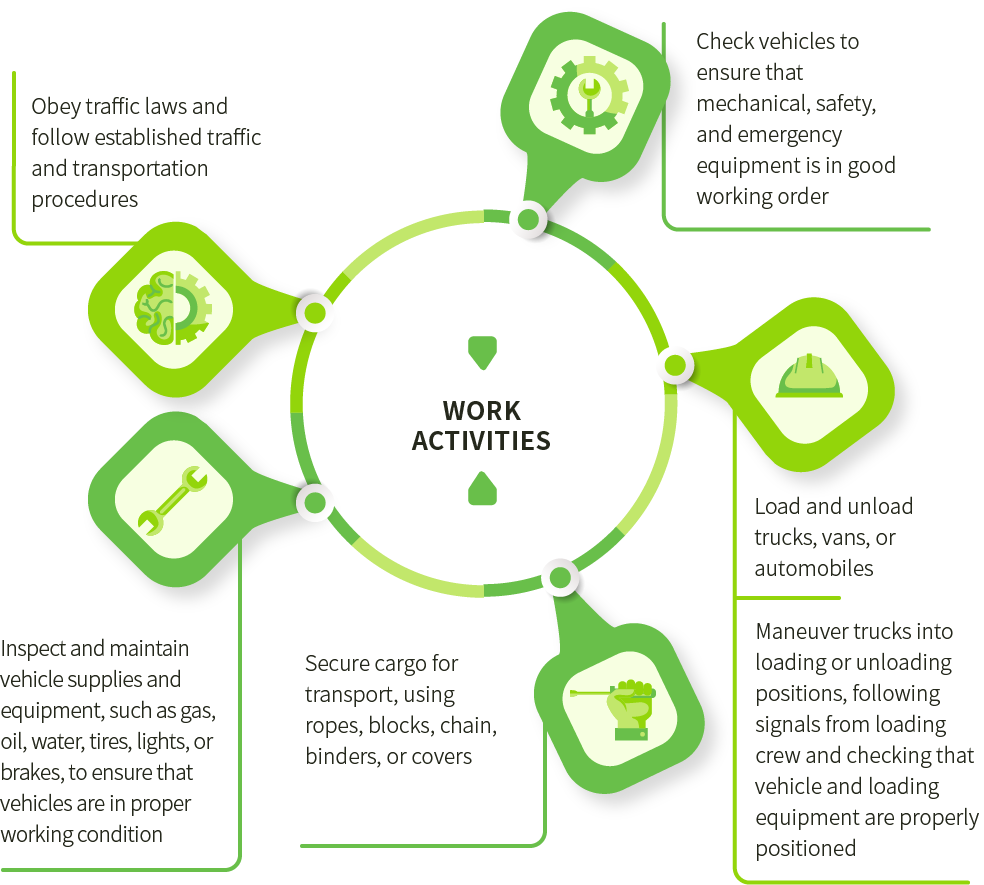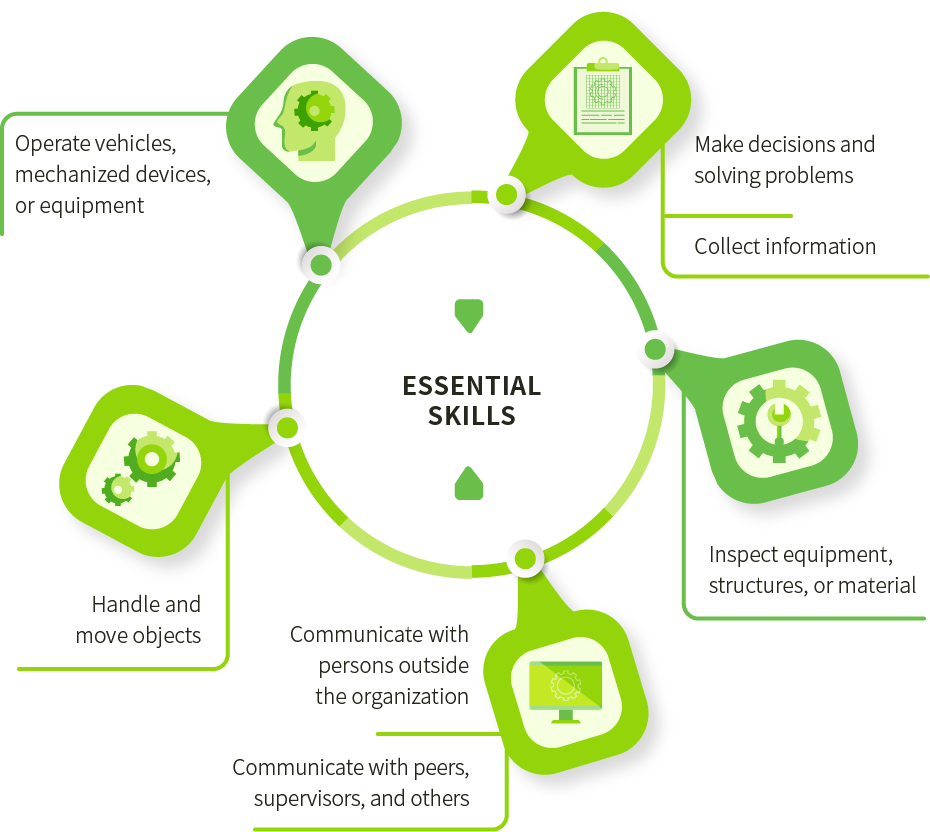
LANDSCAPE & HORTICULTURE TRUCK DRIVER
Landscaping and horticulture work often involves hauling or delivering materials and equipment from one location to another. Therefore, many landscaping and horticulture firms employ workers who have truck driving licenses. Landscape and horticulture truck drivers are responsible for loading trucks with equipment or materials, ensuring the truck contents are securely fastened, inspecting the vehicle before and after any trips, and transporting goods safely. While some firms may require full-time truck drivers, it is not uncommon for landscape and horticulture professionals to obtain their truck driving license to be able to drive trucks as needed. Most landscape and horticulture truck drivers are expected to be able to perform other activities related to landscaping and horticulture work. Many firms encourage their workers to obtain a truck driving license if that is of interest to them. Overall, a truck driving license is a great asset for a landscaping or horticulture professional to have.

TRANSPORT DRIVER, TRI-AXEL DUMP TRUCK DRIVER, AZ DRIVER, DZ DRIVER, LANDSCAPING TRUCK DRIVER HORTICULTURAL PRODUCTS TRUCK DRIVER, CRANE TRUCK DRIVER, DELIVERY DRIVER
Truck drivers play an important role in landscaping and horticulture. In general, they:
- Operate and drive primarily tractor-trailer, long-combination vehicle, and straight-body trucks to transport goods and materials
- Plan trip logistics and obtain required documentation to transport goods
- Perform pre-trip, en route, and post-trip inspection of vehicle systems, equipment and accessories such as tires, lights and turning signals, and brakes
- Ensure cargo is secured properly in accordance with safety requirements and follow safety procedures for transporting dangerous goods
- Support other landscaping and horticulture crew members with activities or tasks related to construction or maintenance including equipment operation
Truck drivers are in demand across many industries. Truck drivers can be employed by:

Truck drivers are one of the most in-demand occupations across Ontario. As a provincially regulated but voluntary trade, truck drivers can advance their skills and expertise through additional training. With enough experience, truck drivers may advance to management positions or start their own companies.
Future employment prospects for truck drivers in Ontario are very positive. In 2020, there were over 6,000 job postings for truck drivers across all industries in Ontario.
In Ontario, the median annual wage for a Landscape & Horticulture Truck Driver is $47,029. Pending experience, responsibilities, location, hours of work, and qualifications a Landscape & Horticulture Truck Driver can expect to make between $34,278 and $63,045.


![]()

Work Context
Work in an enclosed vehicle or equipment
Contact with others
Time pressures
Work Attributes
Dependability
Attention to detail
Cooperation with others
Self-control
Stress-tolerance
HOW DO I BECOME A TRUCK DRIVER?
For truck driving in landscaping and horticulture, it is important for workers to show they have the skills and aptitudes necessary to obtain a truck driving license. A landscaping firm may encourage a foreperson or heavy equipment operator to obtain a truck driving license since the individuals in those occupations are experienced professionals. Having a truck driving license or an interest to obtain a truck driving license is a great asset that many employers look for when hiring.
HOW DO I BECOME A CERTIFIED TRUCK DRIVER?
In order to obtain a truck driving license in Ontario, individuals must attend a training program, take a written exam, and pass a road test. These requirements are mandatory to successfully obtain a truck driving license in Ontario. More information on the process can be found on the Ministry of Transportation’s website. Further, truck driving is a regulated but voluntary trade in Ontario. Upon completing the necessary apprenticeship training program, individuals are issued a Certificate of Apprenticeship, which confirms that someone has the skills, knowledge and experience that meet industry standards. The apprenticeship takes approximately one year to complete and consists of on-the-job and in-school training.
Examples of in-school training can include, but is not limited to:
- Defensive driving skills
- Rules of the road
- Managing self
- Compliance requirements
- Trip planning, vehicle inspection, and maintenance
- Cargo handling

